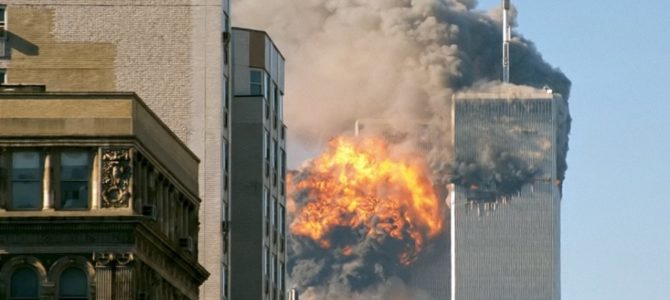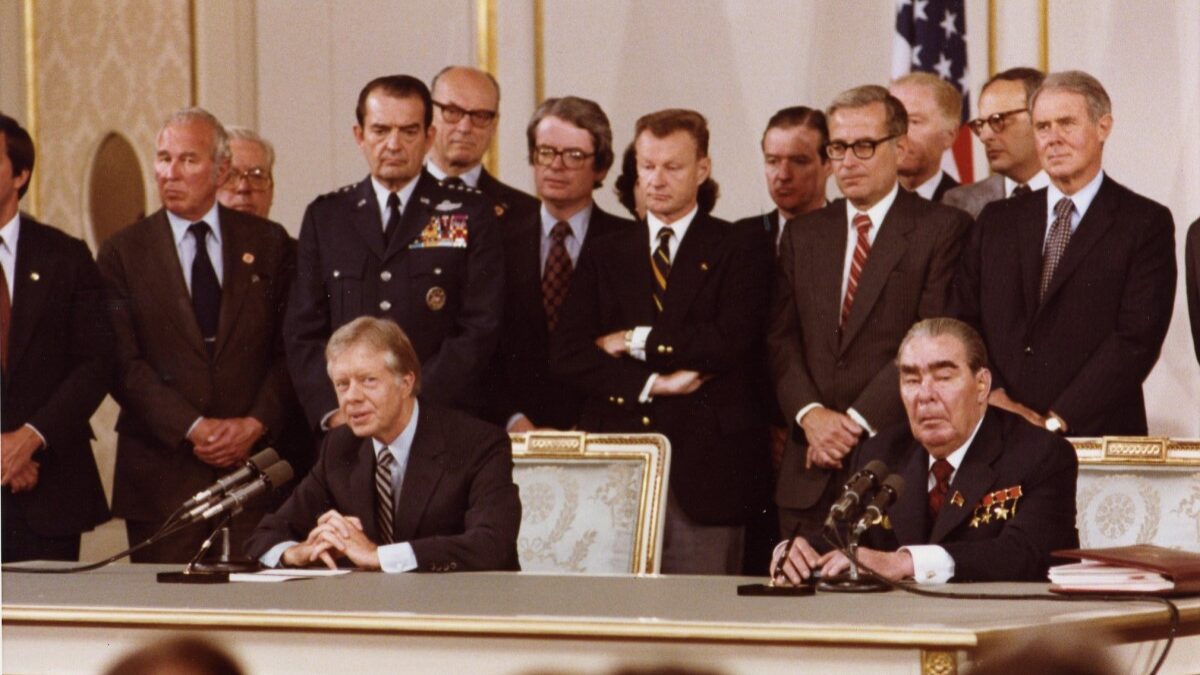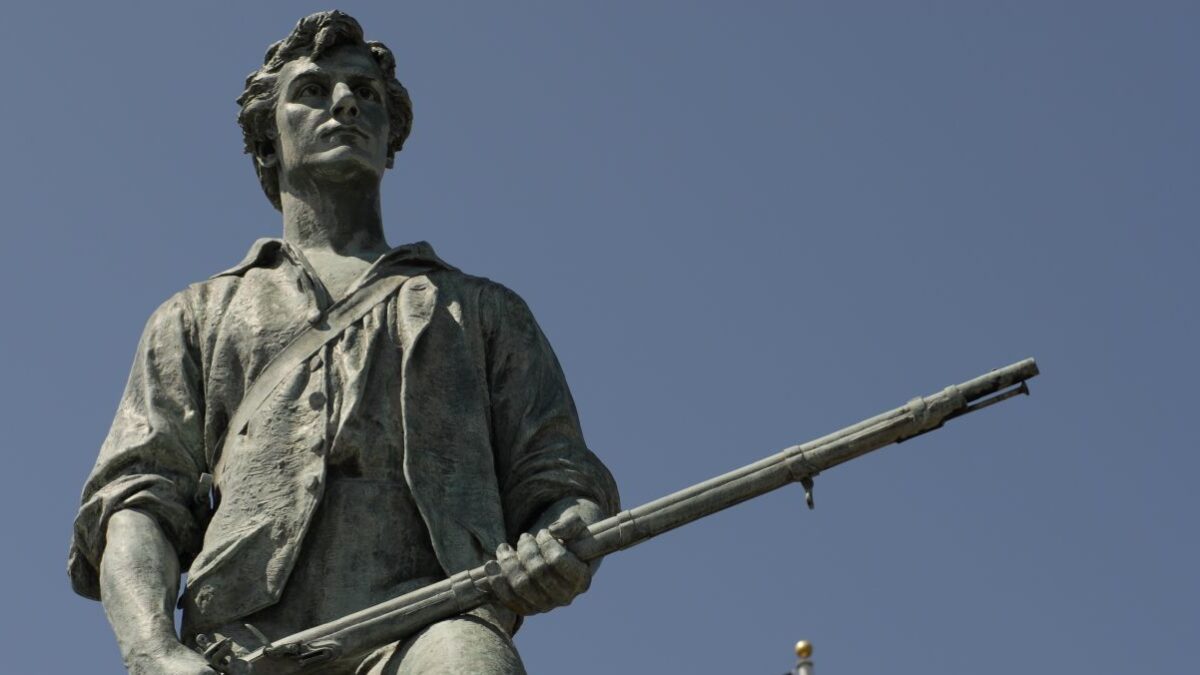
I had it down to a science. Up at 5:00 a.m. Shower. Dress. Fill my travel mug with coffee. Out the door by 5:30 a.m.
It was an early fall morning, with a chill in the air. Clear blue sky. That day I was sharing a ride with a friend who also worked in the city. Little did I know how the decision to commute, and not drive myself, would affect me later in the day. We left early to avoid traffic and keep the commute to an hour.
Thus started my regular 56-mile trip from rural Loudoun County, Virginia to the U.S. Department of the Interior (DOI) office at 1849 C Street, NW in Washington, DC. 1849 is the year DOI was created. The building is located about two blocks west of the White House.
I was three months into my new job as deputy director of the Office of External and Intergovernmental Affairs within the Immediate Office of the Secretary, then Gale Norton. It was a political appointment and my first job in government. The George W. Bush administration was a mere eight months old. I was honored to serve.
As was my habit, I grabbed something to eat from the cafeteria (and more coffee) and proceeded to my desk to get organized for the day. The secretary’s chief of staff (COS) also arrived early, and I wanted to be there in case he needed something.
Also, as was my habit, I turned on the television to monitor morning news. At 8:46 a.m., Katie Couric suddenly announced, “Apparently a plane has just crashed into the World Trade Center.” Like millions of Americans, I was transfixed on the horrific pictures of the building on fire and eyewitness accounts of the scene. A few people in my office wandered in to watch the TV. At that point, we all thought it was some terrible accident.
Knowing that the COS and the secretary did not regularly have a TV on in their offices, I asked one of my staffers to go down and inform the COS about the accident.
Then, at 9:03 a.m., we all saw it happen. We saw, live on TV, what turned out to be Flight 175 fly directly into the South Tower. These were deliberate acts. I immediately went down to the secretary’s office. This was clearly a more serious matter.
In the secretary’s outer office, her senior staff were gathered. They had already received a call from the White House Operations Office. Devolution protocols were initiated, plans that had been briefed but never expected to be used.
The first priority was to evacuate the secretary to a secure location outside of Washington. Her security team knew what to do and managed this operation.
Two other priorities would need to be determined. First, how to provide staff support for the secretary to continue her responsibilities to manage the department, whose mission stretches from Washington to the Western Pacific. Second, we needed to get a message out to our 70,000 employees, especially those in New York city.
Then we heard what sounded like an explosion. We walked outside on the secretary’s balcony but did not see anything. We did not know it at the time, but a third plane, Flight 77, had collided with the Pentagon at 9:37 a.m. We saw the smoke rising from the impact site across the Potomac but did not know it was a plane.
It was now clear Washington was under attack. What building was next? The White House? The Capital Building?
The word came down to dismiss employees immediately, a task easier said than done. In 2001, DOI had no central intercom system to communicate throughout the building. So the COS dispatched me and another staffer to physically go hallway by hallway, floor by floor, office by office throughout the building to tell employees they were dismissed for the day and to calmly evacuate the building immediately.
This was odd in that many still did not know what was happening, and, as a relatively new political appointee, no one knew who I was and questioned my authority to tell them to leave. All of this meant I missed most of the ongoing news coverage.
At 9:59 a.m. the South Tower of the WTC collapsed.
At 10:03 a.m. a fourth plane, Flight 93, crashed in Pennsylvania after passengers fought with the hijackers on the flight. This crash site would later become a National Park Service memorial site managed by DOI.
At 10:28 a.m. the North Tower of the WTC collapsed.
After dismissing the employees was completed, the remaining staff gathered in the COS’s office for final instructions. He directed us to leave, which I dutifully did. That was a mistake. I should have stayed.
I walked out of an empty Interior building and into a parking lot. The streets were clogged with cars all trying to get out of the city. How was I going to get home? Cell phones were not working. I did not know my morning ride-sharer’s status. Was he leaving as well?
We finally connected and he told me he was stuck in traffic on Constitution Avenue. So I walked up Constitution until I found him. Our drive home took longer than normal.
By the end of the day, it was clear. Almost 3,000 Americans were dead, and we were going to war.
That day likely galvanized the futures of my children. One joined the Army with three deployments fighting the War on Terror. Another joined the staff of the secretary of defense within the Pentagon, attended the Navy War College, and, later, commissioned into the Navy Reserves. Another used his talents to become a voice for American exceptionalism.
Federal buildings throughout Washington were under increased security after the attacks. I returned on Sept. 12 to find our building surrounded by law enforcement from the Bureau of Indian Affairs, who had happened to be in training at the FBI Academy in Quantico, Virginia.
I would work at Interior until the last day of the Bush administration and again throughout the Trump administration. I remembered the events of September 11 every time I walked into the secretary’s office.









